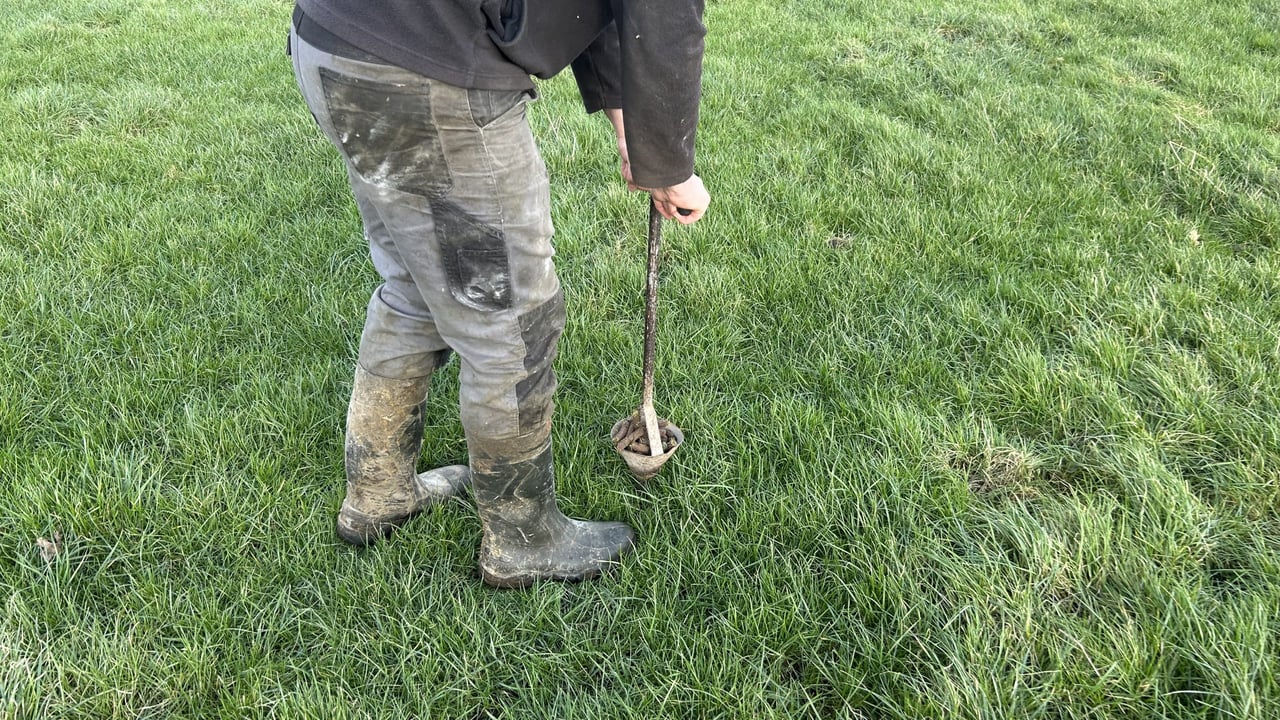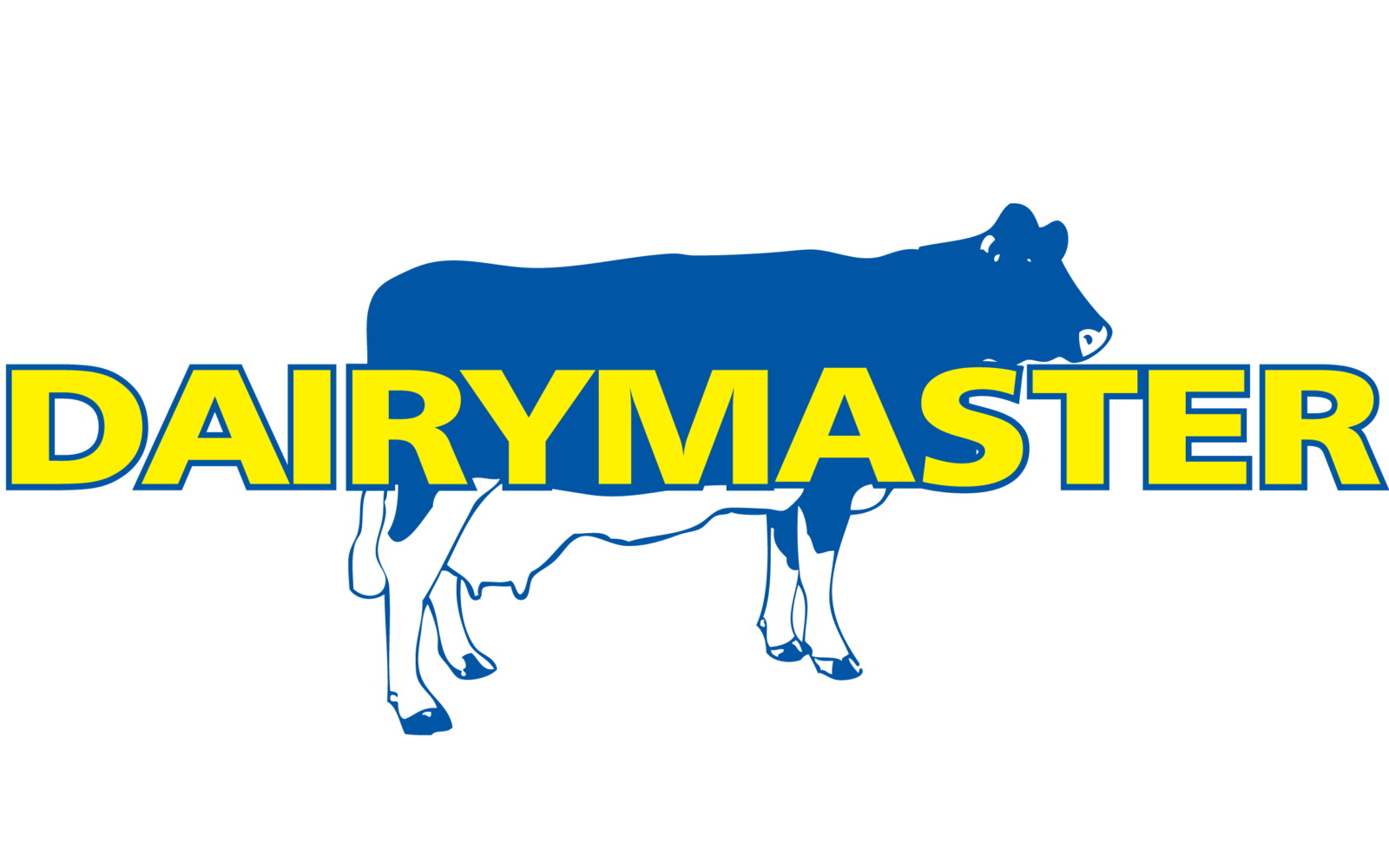Is soil fertility on farms holding back growth rates?
Soil fertility may be holding a lot of farms back in terms of grass growth, as it is often the first piece to rectifying the grass growing puzzle.
As we are into the main grazing season, farmers may feel restricted with how much grass they are growing and wonder why they are not growing as much as other farmers despite good nutrient usage and quality management.
In a time where nitrates regulations, banding, and environmental restrictions is somewhat holding back the amount of cows each holding can milk and how much fertiliser can be spread, consolidating what we have is essential and that starts with soil fertility.
Phosphorus (P) and potassium (K) are very important nutrients and should be at index three or four to firstly save on fertiliser bills and to more importantly grow more grass.
However, if the soil pH is not optimal, the plant simply cannot make efficient use of the nitrogen (N), P or K that is applied to the ground.
Soil pH should be above 6.3 for grass-only swards. In order for clover to persist in swards, ideally the pH of the soil should be 6.5.
From purely a production or profitability/acre angle, land is not as valuable as it once was. Farmers cannot stock the same number of cows on that land as they could previously, due to factors such as the nitrates derogation and banding.
So in order to maximise production/acre, a soil health plan needs to be developed on your farm, with work in the next couple of weeks to identify which if any paddocks have been underperforming.
According to Teagasc, reports from 2024 suggest that soils on dairy farms were significantly below the levels required for optimum pasture growth and nutrient use efficiency.
The reports showed that only 24% of soils are at optimum pH, P and K, and only 60% of the soils have a pH of over 6.3.
More than half (53%) of soils are only at index one or two for P and under half (47%) of soils are at index one or two for K.
Grass dry matter (DM) production on Paturebase Ireland recording farms averaged 13.2t DM/ha/year from 2014 to 2024, which is more than likely influenced primarily by this poor soil fertility status.
The target, although it proves to be very difficult - especially for different land types - to grow 15t DM/ha/year. This can only be done through optimum soil fertility where the ground can retain and utilise the nutrients.
That being said, other factors such as nutrient application, grassland management, and clover incorporation also have a huge input into how much grass the farm grows. But the first step should be rectifying soil fertility.
Soil sampling the farm is a must, as for farmers who are above 130kg organic N/ha, in the absence of soil sampling, index 4 for P will be assumed. Sampling ideally should be done between October and February.
Seeing results from improving soil fertility can take time, so targeting parts of the farm with the poorest fertility should be completed first. Once soil samples are obtained, a proper nutrient management plan can be created.
Paddocks that are underperforming, have a high weed burden, and poor soil fertility should marked for reseeding to rectify the fertility, boost production, and suffocate weeds.
Liming paddocks should be done when it is determined that soil pH has fallen below the desired levels as it has one of the quickest returns on investment across any measure taken on farms.
For every €1 invested, it will return €4-€7 in the form of extra grass growth, reduced N usage, and increased soil fertility.
Ideally, when paddocks have just been grazed and covers are low, lime should be applied to paddocks that require it, which can be identified from your soil samples.
This may require a farmer to order a load of lime - which is about 20t - after each grazing rotation to correct soil pH. One load will cover about 10ac at about 2t/ac.
Spreading lime on high covers of over 800kg DM/ha should be avoided, as this can lead to residues remaining on the grass when cows get back around to graze it.
Lime should be applied 'little but often' without exceeding 5t/ha in a single application. Applying a split application of 2.5t/ha over a number of years will allow you to build soil pH in stages over time.
Organic manure - be it slurry or farmyard manure - should be targeted at lower P and potassium (K) index fields, if possible in the new year. The amount of time and nutrient input that will go into building P and K indexes can vary.





